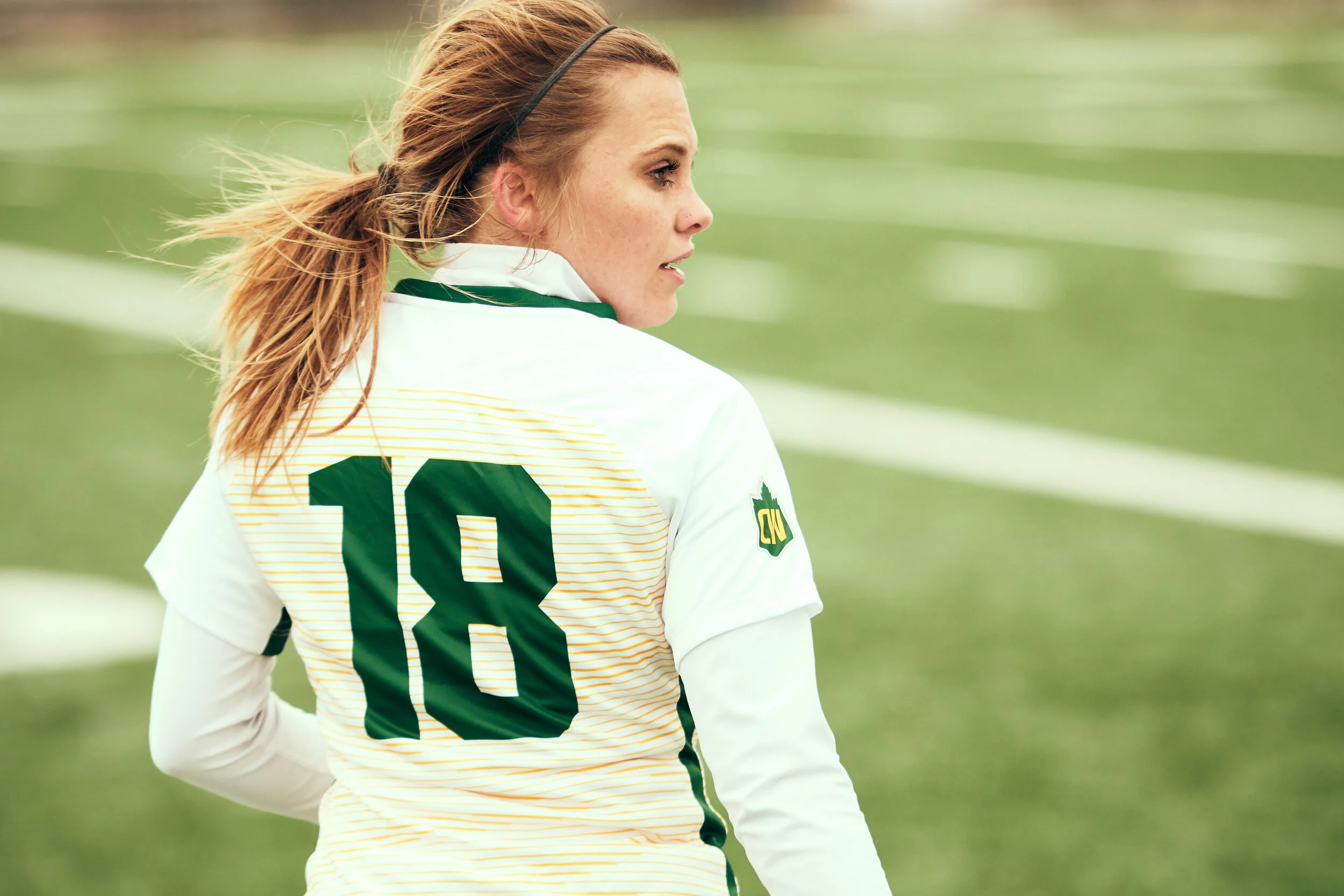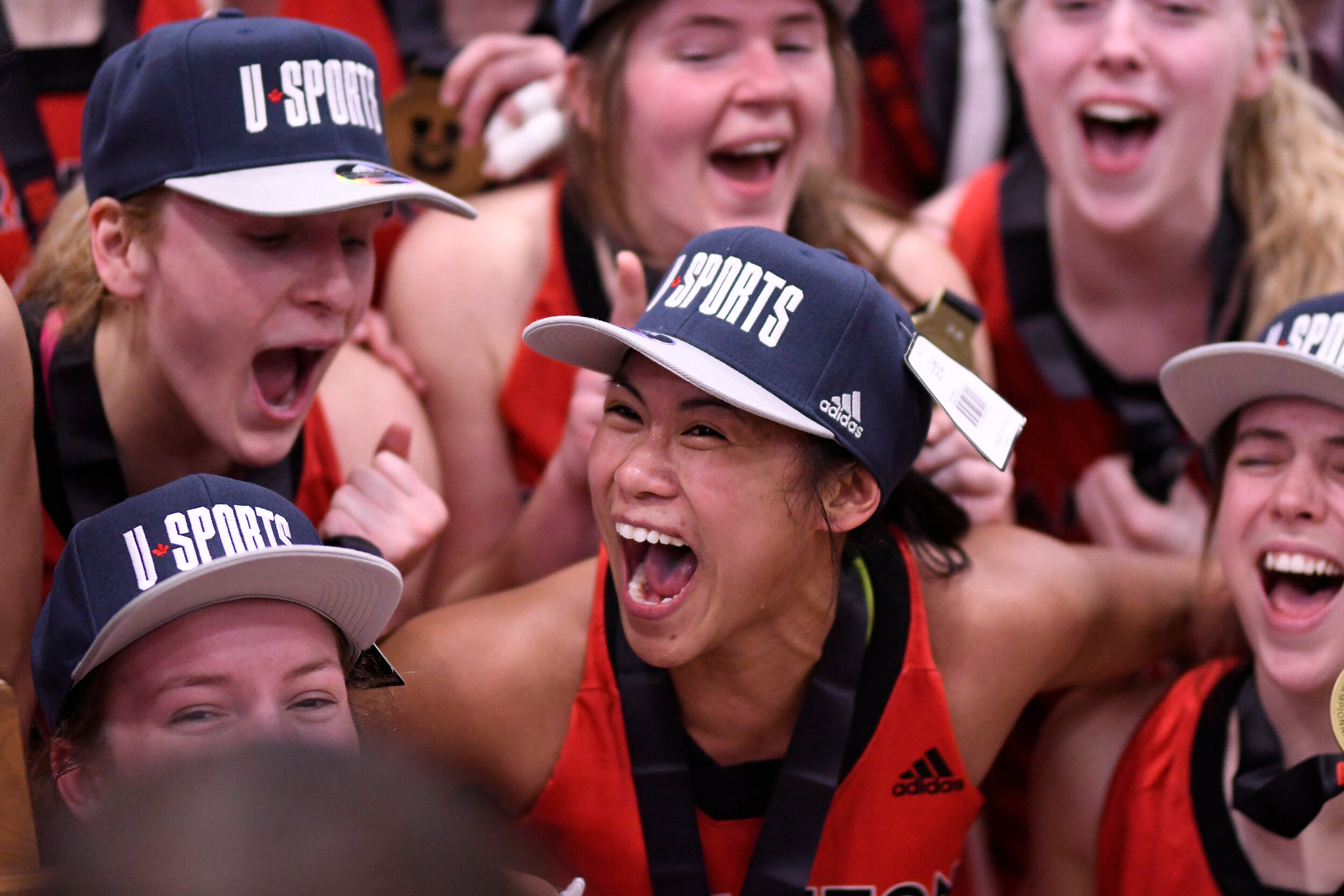Sports photography is not just about capturing the perfect action shot. In fact, when working for a sporting organization, action shots represent a small fraction of the valuable content that can be photographed during a sporting event.
I have written this guide through the lens of a single photographer who is contracted to shoot an entire season for a sports team. Therefore this manual is best suited as a guideline on how best to prioritize capturing certain key photos over the duration of the season.
Get familiar with your schedule
Your first approach to sports photography is to get a hold of the team’s regular season schedule and identify how many opportunities you have available to capture content.
A good start would be to tally up all the listed pre-season and regular season games to get the maximum possible opportunities. Next step would be to know when the potential post-season/playoff dates are. You don’t want your team to make a playoff run only for you to have double booked yourself so pencil those dates into your calendar!
If you are contracted by a multi team organization such as a college or university it can be helpful to take note of the number games that have overlap (i.e. Basketball and Hockey are often played on the same date and time throughout the year). In this instance you will have less games than the maximum available for each sport as you may have to split your coverage on some weekends.
PRO TIP: Most teams and leagues have a downloadable calendar on their website which can sync directly to your mobile device. This is great as you can see upcoming games, overlaps on the go and get updates if the game is postponed or cancelled.
Top 3 elements of Sports Photography
1 - Roster Shots
The main goal of sports photography is to have at least one ‘in-game’ image of everyone on the roster from the coaching staff, to active players and even inactive (red-shirt) players. Think of these shots more as photos of the person at the game and can include everything from player action shots to images of the head coach and the bench during time outs. It is important to ensure that the player/coach in thees photos are easily identifiable. Make sure their face can be seen or the jersey number/name is visible.
Roster shots are great for fulfilling media requests, website stories, press releases etc.
Roster shots are the least artistic in nature, the purpose is solely to document that a person attended/participated in a sporting event.
PRO TIP: The best time for roster shots is early in a team’s season. There are usually less injuries at this time and more general press inquiries as everyone is hopeful for a playoff run by the end of the regular season. In short, try to capture as much as possible while everyone is healthy.
2 - Stock Photos
These are the least difficult and most artistic of images that can be photographed. Capturing stock photos from a game can be photographing the team’s logo on the gym floor, getting shots of the basketballs in the rack, or a close-up shot of a player’s cleat.
Stock photos generally don’t reveal a person’s identity and therefore they have a very long shelf life and can be reused many times in a variety of formats. These can be captured at any time during a season.
Some good uses for stock photos are in social media, newsletters, PowerPoints, web ads, ticket stubs, poster designs etc. The organization’s marketing team would love you for doing this and would definitely make sure that you’re back next season!
PRO TIP: Keep a personal collection of stock photos for yourself and be sure to edit out any logos, identifiable shapes or colours and just may be able to license these to other clients and earn some residual income! Warning: Be sure to read over the fine print of your contract first to ensure there are no non-compete clauses, exclusivity restrictions etc. I am not a lawyer nor is this intended to be legal advice. It is your responsibility to know the risks involved.
3 - Emotional Opportunities (Celebration & Frustration)
Emotional photos have the most value of any type of sports photo. They can be used when communicating about an athlete’s or team’s success as well as their failures. Some of the most iconic sports images have been photos that show a great deal of emotion, however they can be the most difficult to capture. These moments can happen quick and at times without notice. Also athletes usually turn to their teammates or to the fans with their emotional outburst and this is usually in a direction that is different from the general movement of the game.
PRO TIP: The best time to plan for emotional content is from the middle to the end of a team’s regular season. Athletes are usually more emotionally charged with playoffs on the line. Also by now you would have had the opportunity to study the game and its athletes as well as have a good idea as to when and where emotional opportunities may occur.
Action Photos
Great action photos have long been at the core of what most consider to be good sports photography and for good reason. Getting a really epic action photo comes down to 3 things;
The type of equipment you have
How well you can use that equipment
Luck
For sports you’ll require either a long telephoto lens because the field of play is so big or you’d need a lens with a fast aperture because the light in the area is not sufficient and sometimes you just need a lens that does both. Now if you know anything about photography you would have learned real quick the the lenses i’m talking about are priced about the same as a small car and are damn expensive!
Cost has been and still is one of the main barriers of entry by most into the industry of sports photography and because of the high price tags we don’t often get to use such equipment and knowing your gear helps you to be a more efficient and effective shooter on the sideline.
Then there’s just straight up luck. Being in the right place at the right time can make you famous for capturing that one photo that defines an era. However, there will be times where you were on the opposite end of the field, had the wrong lens on or just missed the moment completely. This line of work is truly a game of losses so be prepared!
Now there are obvious workarounds and alternatives to avoid shelling out fortunes but i’ll maybe save those for another blog post!
Types of action photos
Action photos are simply an image of the athlete performing a sporting act in the field of play. I like to categorize these acts as follows:
Solo action
The image is an isolated shot of the player where no other competitors and teammates are visible. Good for feature stories on that player, personal achievements etc.
Team solo action
The player and their teammates are visible. Great for when talking about a particular unit within a team, i.e. offence defense etc.
Solo vs opponents action
None of the home team athlete’s teammates are visible. Great for illustrating a tough game or a loss.
Field-of-Play action
The home player, their teammates and their competitors are all visible and identifiable in the shot. Great for a cover image used in the post-game web story.
Other elements of Sports Photography
Awards
It’s important to document any player or coach receiving an award or some other form of recognition. I always get request for photos taken from years ago because someone is being inducted into a hall of fame, reached a lifetime achievement or has sadly passed away. A time to get these are during the playoffs if your team win’s their league/division or at university senior nights etc.
Photos of the Opposing Team
The opposing teams would at times make a formal request through your team for a few photos of their team if they are unable to bring their own photographer or media crew. It’s always beneficial in the long run to maintain a healthy relationship with other organizations, so don’t forget to capture images of the opposing team. You never know who could be your next client!
Injuries
These are important turning points in a team’s season and sometimes can have an even larger ripple effect on the roster and recruiting decisions. Too many times I’ve put the camera down during an injury out of respect for the team and the injured player. However I have notice on a few occasions where athletes have bounced back from an injury and beat the odds. The injury becomes the focal point of that athlete’s story and I always lacked photos or videos of the actual injury.
With that said, go ahead and capture these images but be sure to do so in a mindful and respectful manner. Don’t get too close if possible. Use a long lens. Remember often times during an injury, the player, coaches, and teammates can all be emotionally charged and you could be the unlucky one that happens to cross their path.
Player Entrances & Huddles
Think of these as roster, action and emotional shots all combined into one frame. These shots are usually predictable and as a result easy to capture if you know when and where they will occur.
Referees, Officials & Volunteers
These individuals are the heart and soul of sport. With out them the games can never happen. Teams that have a strong brand usually achieve this by giving this group of individuals especially the volunteers a lot of recognition. Your team’s division/conference/league would also make regular requests for images of these individuals so it’s never a bad idea to get some shots especially of the refs since the always get in your shot! ;)
Fans & Community Engagement
Images of non-players or coaches in attendance and wearing official team merchandise or DIY gear such as cardboard helmets, body paint etc. Images of fans in the stands, homemade posters, noise makers etc. are great for the promotions and marketing team. Additionally sometimes during special events at games, the sponsor of the event may require a few images to see how their promotion was done.
Also be sure to get photos of the team’s volunteers and the team mascots!
Last but not least, be vigilant, be smart and be respectful. Always remember that you are privileged to get this close to the action and that can be taken away at a moment’s notice. Never interfere with the gameplay or the flow of the game. Dress in black or neutral clothing when possible. Ensure you are wearing the appropriate footwear.
-ART








